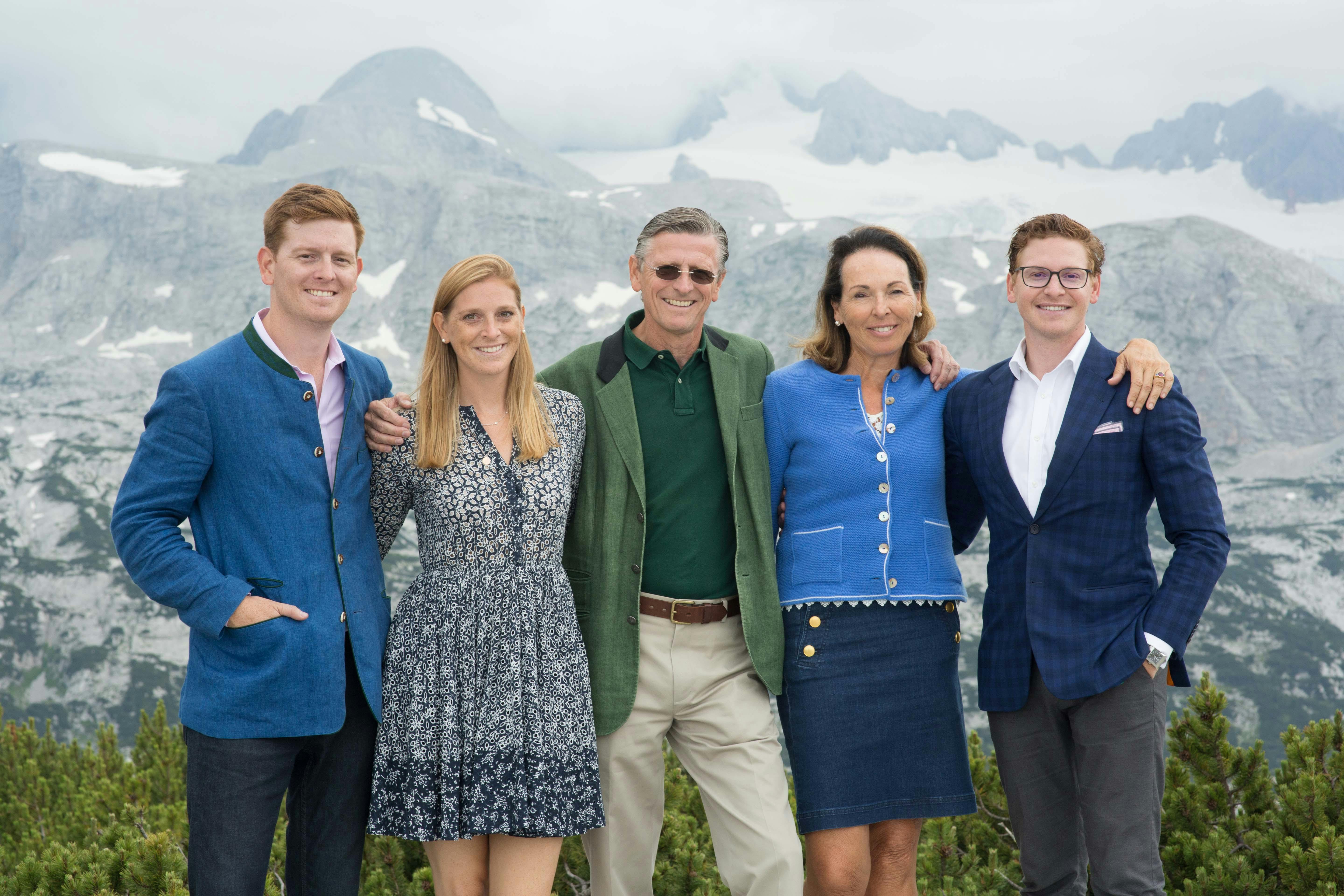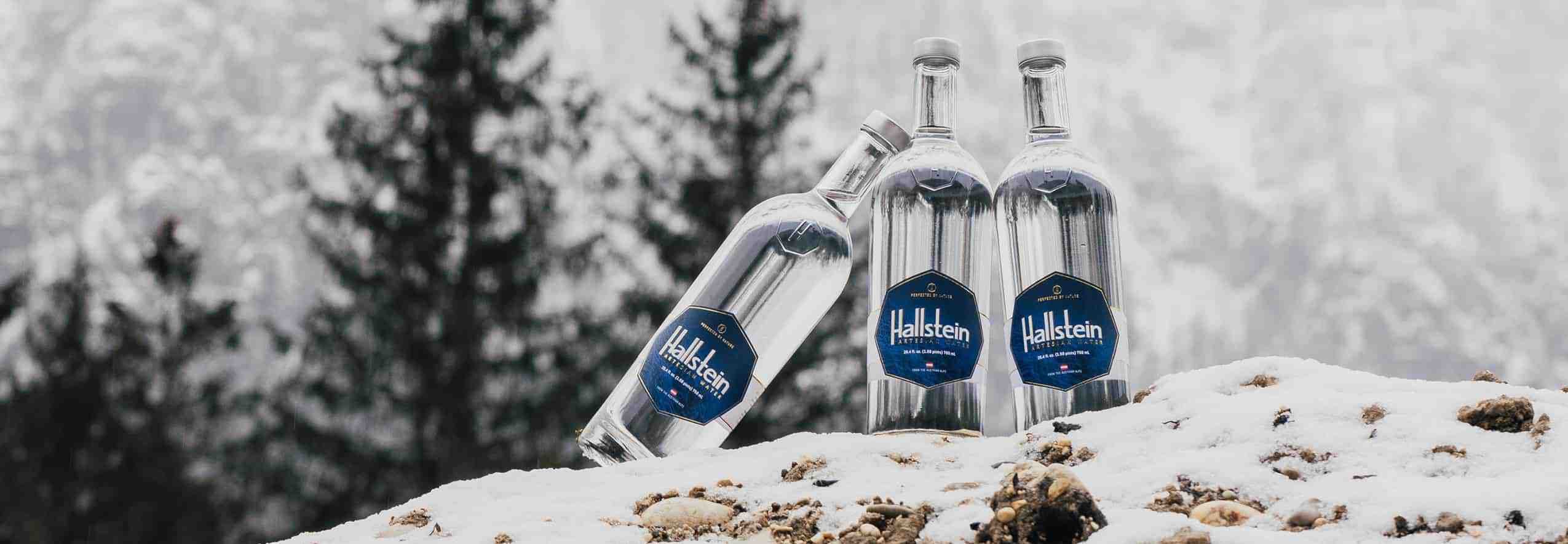Water: it's the ultimate luxury
Originally posted in "Lyma: "Water: it's the ultimate luxury, says Kate Spicer". Published on the 28th September, 2021.
At 10 it was a pony, at 25 an Apple iBook in key lime. Then it was a pair of Balenciaga Lego shoes. Lately, all I wanted was an Italian sofa and to never turn right on a plane again. And today, the pearl glistening just out of my reach in the rarefied air of aspiration, is not a red diamond or a ride on SpaceX. It’s water. Really, really great drinking water.
To drink clean drinking water, as we do from the tap in developed nations, is lucky. To drink delicious and nourishing water, one you might find on a water sommelier’s list? That is a luxury. We like our food organic and without additives, so why not our water?
More than hydration
Water is after all - without getting too Derek Zoolander about it - the very essence of life on earth. It’s crucial to health. But water is not just about hydration, it is also essential for the elimination of waste, and as a food source. Essential minerals in water exist in ionic form, which means they are easily absorbed into the body via the gut. We need water to be more than just two hydrogen molecules and one oxygen.
“Water can be an important source of minerals, mainly calcium,” agrees Maria Luisa Brandi, Professor of Endocrinology and Metabolic Diseases at the University of Florence. But water’s complicated. In water it is crucial that calcium is in a perfect two to one ratio with magnesium, otherwise the body will not absorb it efficiently. There’s an awful lot more to it than the iceberg and mountain pictures in marketing pictures – try telling your ‘divalent ions’ from your ‘bound oxygen’.

A family’s quest
The luxury market is beginning to catch up. There’s a Norwegian glacier water, Svalbard, that costs around €90 750ml bottle. But it’s all sold out. Enter Phillip Muhr, Co-Founder Managing Director and Global Head of Sales and Marketing for Hallstein Water, a subscription only water brand, whose family decided to hire hydrogeologists from four different universities to search the world for “a water perfected by nature. It turns out it is the most overlooked element in good health, and far more complicated than we think,” says Phillip.
The Muhrs are an old and very rich Austrian-American banking family who divide their time between homes in Europe, the Bahamas and America. The genesis of the Muhrs’ quest came from Phillip’s parents. In 1999, Father, Karlheinz, invited a leading expert on body inflammation, Professor Samuel Huber, to speak to the family’s private think tank about inflammation and the copious diseases it causes. “Huber told my father that ‘Inflammation is the cause of 90% of disease, only 10% is genetic. The way to reduce inflammation is to reduce alcohol, reduce refined sugar intake to zero and drink lots of water.’”
Karlheinz reported back to his wife, Elizabeth. “Between them Mum and Dad decided from then on in no fruit juice, no soda, no cordials, from now on all you kids drink is water, and if we’re going to do this we want the best water in the world.” Phillip at this time is 11, and, “I was pissed off. All us kids were like, ‘REALLY?!’
There is it is, “That’s the whole premise of Hallstein. My parents said if we drink water, we drink the best. The problem was no one had a clue what ‘the best’ meant. There appeared to be no parameters out there. So we started hiring experts, asking them, ‘Define for us the perfect water’. From there we got 300 parameters for high end water. Then we then asked our friends in the oil and gas industry for the world’s most brilliant geologists, usually more used to looking for fossil fuels, and asked them to find a geological structure that will meet all these 300 parameters. At this stage they didn’t know we were looking for water.”
Incredibly, every single one agreed that if there was only place in the whole world where these 300 parameters could be met and that was in a small valley in the middle of Austrian Alps next to the UNESCO protected region of Hallstatt.
After that, it took sixteen years and 60 permits to be able to export the water found there out of Austria so we as a family could drink it. And at this stage, this was still just a ‘fun family project’. We only turned it into the company because friends and visitors to our home constantly asked what is this water and I want some.”
“That’s why, he says, every new subscription, to us, is not a client, it’s another person who believes in what we stand for, which is quality, and shares the same values as our family.?

The key ingredients
By scrutinising scientific research and interviewing medical specialists they narrowed the key parameters for the perfect water down from 300 to eight. These are:
- A low exit temperature, which keeps the water from getting contaminated by the environment.
- A high natural alkalinity of around eight or so, which can protect the body against a number of diseases.
- Low sodium levels. We need sodium but, as Phillip says, “We get more than enough from all the hidden sodium in our food.” (He also flags that other waters which advertise themselves as alkaline often do so by adding sodium).
- High in dissolved oxygen, which makes for a delicious taste as well as extra availability to the body.
- Low levels of carbon, which simply means low levels of the molecular food for tiny life forms like bacteria.
- Low nitrate levels.
- Moderate sources of dissolved solids, which means those essential minerals we want from a good water: too little is dangerous, but equally, so is too much.
- Calcium and magnesium present in perfect ratio of two parts to one.
Hallstein has all of this. “Almost every other bottled water will commonly add calcium, magnesium and sodium,” says Muhr. Hallstein filters “for eight to 10 years through a thick band of the purest limestone in the world,” which is one hell of a water purifier. Anyone who loves good wine will know the importance of terroir. Water is no different.
According to Muhr, most commercial bottled waters are, “A chemical cocktail. We do nothing to Hallstein, it is not even pumped. And our water’s source is protected from pollution and contamination by layers of earth called a Glacial Moraine.”
Perhaps our tastebuds intuit what is scientifically tough to grasp. Hallstein tastes blissful, it’s turning left on the plane - I kind of wish I’d never tasted it, because it’s going to be very hard going back. “Some waters when you taste them your mouth puckers and body resists them,” says Muhr, “But with Hallstein you get this blissful visceral response as your body reacts to something that is so useful to it.”
The Michelin starred chef, David Bouley, drinks it when he is fasting. Its “pure crisp taste and sustainability” is what persuaded him, he says. A hydrogeologist I talk to calls it, “incomparable treasure.” Basically, it’s the Krug of water.
Hallstein is not for everyone. But that’s luxury for you. It’s €3,800 a year for two litres a day. (Though when I tried it I guzzled three litres without thinking.) And even if you can afford it, you might not be able to get it. After all, the Hallstein well has only enough for 15,000 subscribers a year, “as long as it rains or it snows”. The family are dedicated to sustainability, they say, and each subscription helps a family of four gain access to clean well water forever, via the brand’s charity partnership with Operation Water. The highest quality drinking water is indeed both a rare resource and the greatest of luxuries.